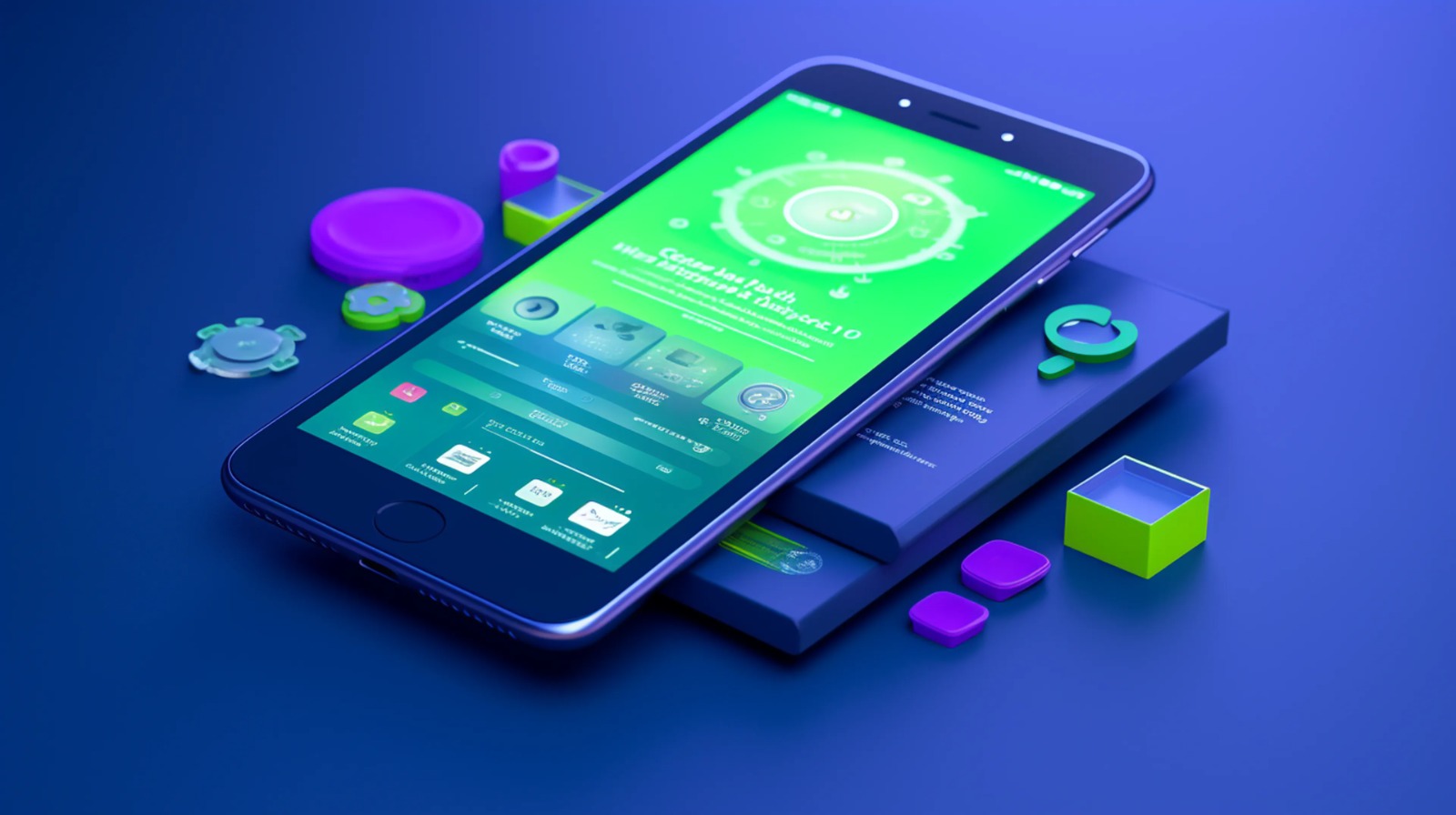
Creating a successful user interface (UI) and user experience (UX) design requires a keen eye for detail and a deep understanding of user behavior. Whether you’re a seasoned designer or a student at Arena Animation Saltlake, avoiding common mistakes is essential for delivering top-notch designs. Here are ten common UI/UX design mistakes and how you can avoid them.
1. Ignoring User Research
Skipping user research is like setting sail without a map. It’s crucial to understand the needs, preferences, and behaviors of your target audience. Conduct surveys, interviews, and usability tests to gather insights that will guide your design decisions.
How to Avoid: Start every project with thorough user research. Tools like Google Analytics, Hotjar, and direct feedback from users can be invaluable.
2. Overcomplicating the Design
A cluttered and overly complex design can overwhelm users, leading to frustration and abandonment. Simplicity is key in UI/UX design.
How to Avoid: Embrace minimalism. Focus on essential elements that enhance functionality and guide the user through their journey without unnecessary distractions.
3. Neglecting Mobile Responsiveness
With the majority of users accessing websites through mobile devices, ensuring your design is mobile-responsive is critical. A design that works perfectly on a desktop might not translate well to smaller screens.
How to Avoid: Always design with a mobile-first approach. Test your design on various devices and screen sizes to ensure a seamless experience across all platforms.
4. Inconsistent Design Elements
Inconsistent design elements like buttons, fonts, and colors can confuse users and disrupt the overall experience. Consistency helps in building familiarity and trust.
How to Avoid: Create a style guide that outlines the design elements and stick to it. Tools like Adobe XD or Figma can help in maintaining consistency throughout your design.
5. Poor Navigation
If users can’t find what they’re looking for quickly, they’ll leave. Complicated navigation menus or hidden links can frustrate users and lead to a high bounce rate.
How to Avoid: Keep navigation simple and intuitive. Use familiar icons and clearly labeled menu items to guide users effortlessly through your site.
6. Ignoring Feedback Loops
Users appreciate knowing that their actions have been recognized. Whether it’s a simple click or form submission, providing immediate feedback is essential for a smooth user experience.
How to Avoid: Implement visual and auditory cues like animations, alerts, or success messages to acknowledge user actions.
7. Slow Loading Times
Nothing drives users away faster than a slow-loading site. A delay of just a few seconds can lead to frustration and abandonment.
How to Avoid: Optimize images, use efficient coding practices, and consider tools like Google PageSpeed Insights to improve your site’s loading speed.
8. Not Prioritizing Accessibility
Accessibility is often overlooked, but it’s essential to ensure that all users, including those with disabilities, can use your site. This includes considerations like screen reader compatibility, keyboard navigation, and color contrast.
How to Avoid: Follow accessibility guidelines like WCAG (Web Content Accessibility Guidelines) and regularly test your design with accessibility tools.
9. Overlooking Content Hierarchy
A well-structured content hierarchy helps users quickly find the information they need. Without it, users may feel lost and overwhelmed.
How to Avoid: Use headings, subheadings, bullet points, and white space to create a clear and logical flow of information. Make sure the most important content stands out.
10. Forgetting to Test with Real Users
Even the best-designed UI/UX needs testing. Skipping this step can lead to unnoticed issues that impact user experience.
How to Avoid: Conduct usability testing with real users before launching. Gather feedback, identify pain points, and make necessary adjustments to ensure a smooth user experience.
Conclusion
UI/UX design is a delicate balance between aesthetics and functionality. By avoiding these common mistakes, you can create a design that is not only visually appealing but also user-friendly. Whether you're learning design at Arena Animation Saltlake or working on a professional project, keeping these tips in mind will help you deliver a seamless experience.
If you’re interested in learning more about UI/UX design, consider enrolling in courses at Arena Animation Saltlake. Their comprehensive programs cover everything from the basics of design to advanced techniques, helping you stay ahead in the competitive design industry.
Remember, the best designs are those that put the user first. Keep testing, keep iterating, and most importantly, keep the user experience at the heart of your design process.
